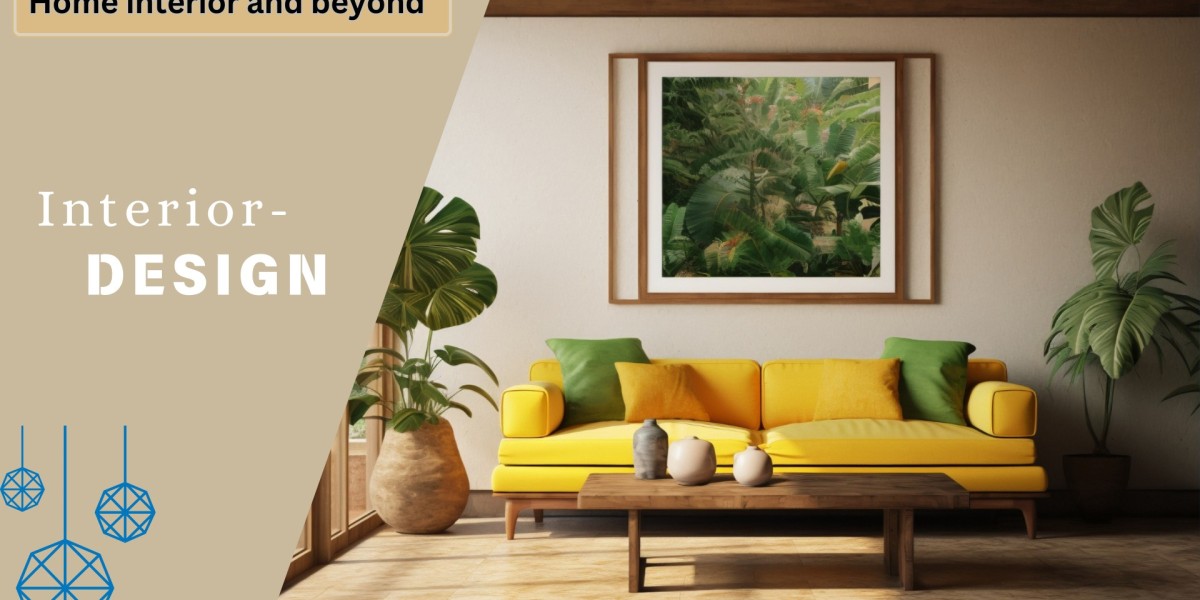Introduction
In today’s fast-paced world, the significance of effective interior design cannot be overstated. Whether in commercial settings or personal living spaces, thoughtful design enhances functionality and aesthetic appeal. As urban living grows denser, the need for innovative space-saving ideas has become crucial.
The Art of Interior Design
Interior design is more than just arranging furniture; it’s about creating environments that reflect functionality and beauty. In commercial interiors, the design influences productivity, employee satisfaction, and customer experience. For living spaces, it’s about making the most of often limited square footage while ensuring comfort and style.
Transforming Commercial Interiors
Open Floor Plans: Embracing open floor plans in offices encourages collaboration and communication. It eliminates unnecessary barriers, creating a sense of community among employees.
Flexible Furniture: Incorporating modular furniture allows for versatile arrangements that can be adapted for meetings, events, or quiet workspaces. This adaptability is key in modern workplaces.
Incorporating Nature: Bringing the outdoors in through biophilic design elements, such as living walls or natural light, not only beautifies a space but also improves air quality and boosts morale.
Color Psychology: Utilizing color strategically in commercial spaces can influence mood and productivity. For instance, blue tones are calming, while yellow can stimulate creativity.
Designing Living Spaces
Multi-Functional Furniture: In smaller homes, furniture that serves multiple purposes is essential. Consider a sofa bed for guests or an ottoman that provides extra storage.
Vertical Solutions: Utilizing vertical space is vital in maximizing living areas. Shelves and cabinets that extend up to the ceiling can store items without consuming floor space.
Hidden Storage: Innovative designs such as built-in drawers under stairs or benches with storage capabilities can dramatically declutter living spaces.
Room Dividers: Stylish room dividers can create distinct areas in open layouts, providing privacy without sacrificing openness. Options include bookshelves or decorative screens.
Space-Saving Ideas for a Functional Home
Foldable Furniture: Chairs, tables, and desks that can be folded away when not in use are perfect for small living spaces. They provide flexibility without permanent encroachment.
Nooks and Alcoves: Utilizing alcoves for seating or shelving can create cozy spaces that maximize the use of every square inch in your home.
Underutilized Areas: Look for underutilized spaces like corridors and hallways. Narrow shelves or decorative hooks can transform these areas into functional spots.
Smart Technology: Home automation systems can help manage space efficiently. From controlling lighting to managing appliances, smart technology can enhance convenience and space management.
Conclusion
Interior design plays a pivotal role in shaping the environments we inhabit, whether in commercial settings or our homes. By focusing on space-saving ideas and innovative design strategies, we can create functional, beautiful spaces that cater to our modern lifestyles. As we continue to adapt to urban living, the principles of good design will remain crucial in maximizing our environments and enhancing our overall quality of life.










